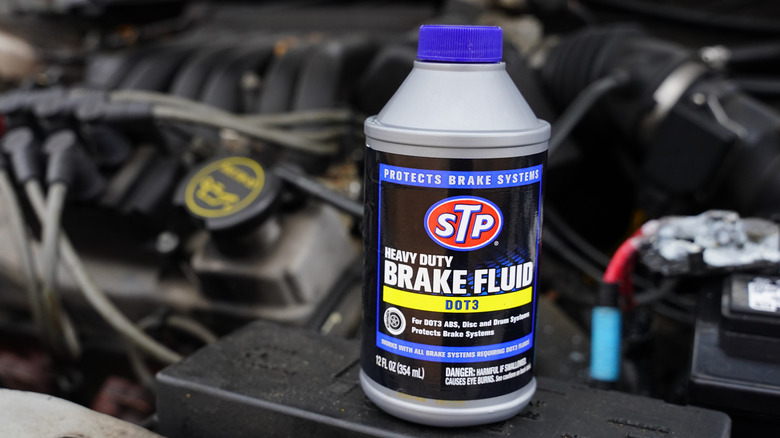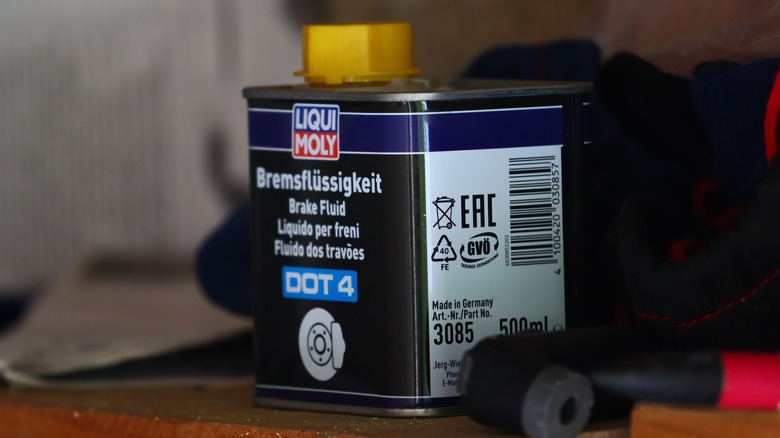Brake Fluid Boiling Point: Where Is It And Can It Affect Your Braking Performance?
The boiling point of your brake fluid is measured by fluid manufacturers in two different ways. One test is run on uncontaminated brake fluid, fresh from a sealed container. The second is run on brake fluid with 3.7% water added, to simulate brake fluid that was open to the atmosphere and has become contaminated by absorbing a significant amount of water. The results of these tests will reveal a brake fluid's Dry Boiling Point and Wet Boiling Point.
The Dry Boiling Point happens at a higher temperature than the Wet Boiling Point, since the added water content of the 'wet' braking fluid lowers the boiling point. This water contamination and lower boiling point can result in 'brake fade' or even loss of braking power under extreme usage, which can include carrying heavy loads, pulling a trailer, intense braking on steep downgrades in mountainous areas, or high-performance cars running on a race track.
The actual boiling points vary between different brake fluid types. DOT 3 brake fluid has a Dry Boiling Point of 401°F and a Wet Boiling Point of 284°F. DOT 4 brake fluid, more commonly used on modern vehicles subjected to strenuous activities like towing heavy loads, has a Dry Boiling Point of 446°F and a Wet Boiling Point of 311°F. There are also DOT 5 and DOT 5.1 brake fluids, but these are less common and are for specialized uses.
Can your brake fluid's boiling point affect your braking performance?
The answer to this is absolutely yes. If your car is subjected to strenuous types of activities, you should definitely use a brake fluid with a higher boiling point. This will protect you from brake fade and potential loss of braking power and offer more protection as your brake fluid absorbs water. Water contamination can cause a spongy brake pedal and reduced braking efficiency, and could also be one of the reasons why your brakes are locking up.
If your vehicle is regularly being pushed to the limits, whether it is on a track, pulling a trailer, moving heavy loads, or driving in the mountains, you may want to consider a brake fluid with an even higher boiling point. These specialized brake fluids are known as DOT 5 and DOT 5.1 and offer even greater protection against boiling. DOT 5 brake fluid offers a Dry Boiling Point of 500°F and a Wet Boiling Point of 356°F. It's silicon-based, does not absorb water, and is used for classic cars that sit for long periods. It's incompatible with DOT 3/DOT 4 and can't be used with ABS brakes. But DOT 5.1 fluid, with the same boiling points as DOT 5, is compatible with DOT 3 and DOT 4 brake fluid, so that may be a better option for you. Choosing the right brake fluid can make a big difference in performance and safety, so check with your mechanic to find the best match.

